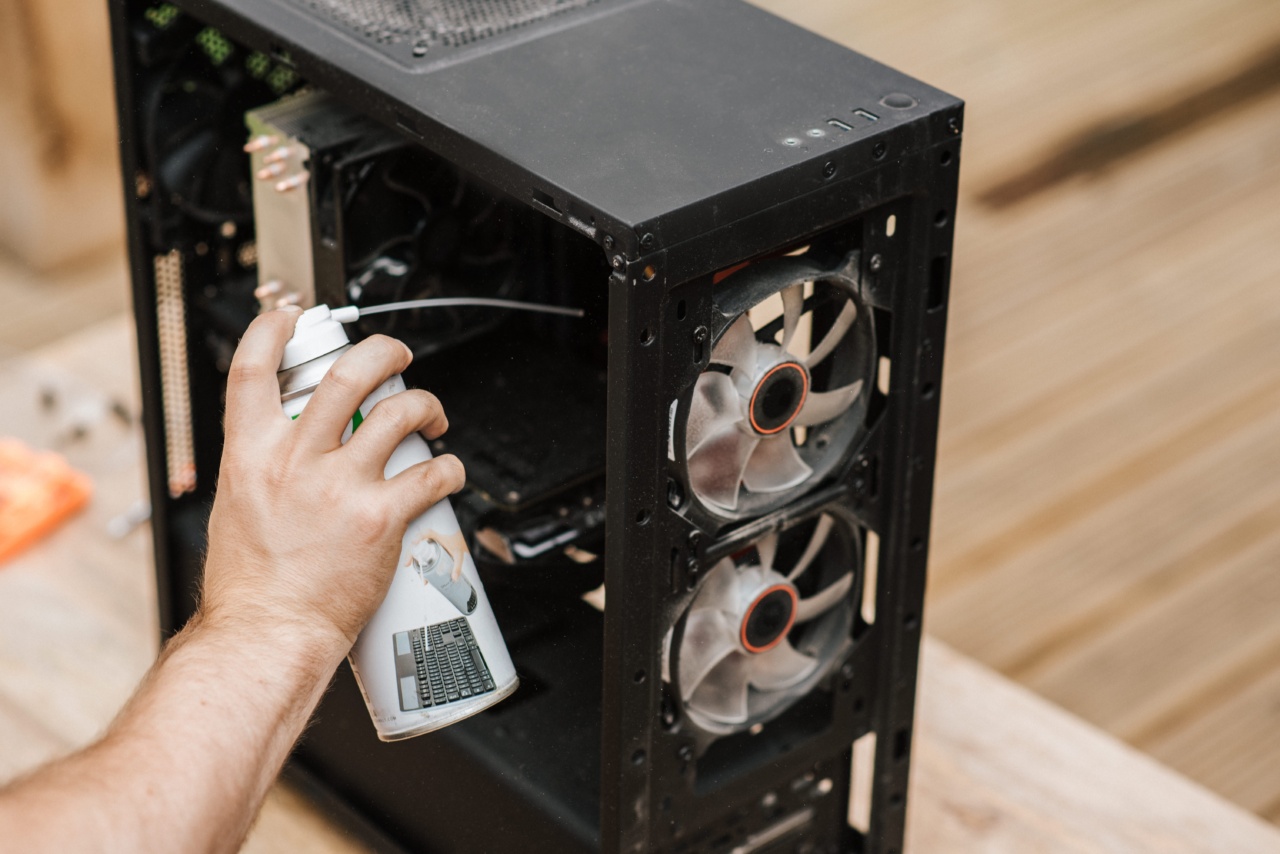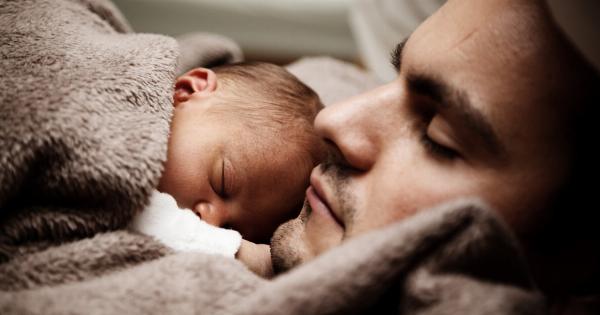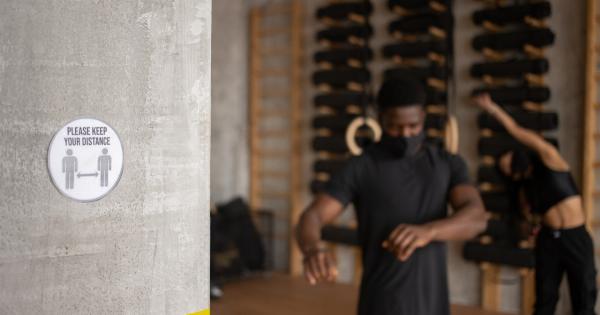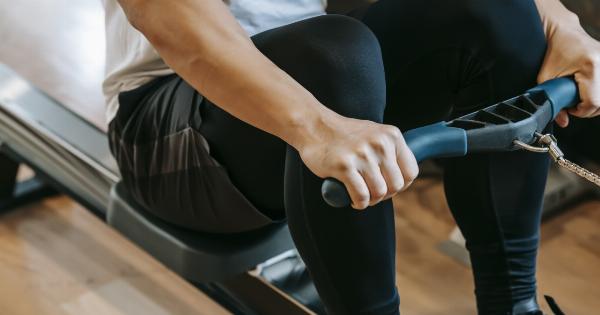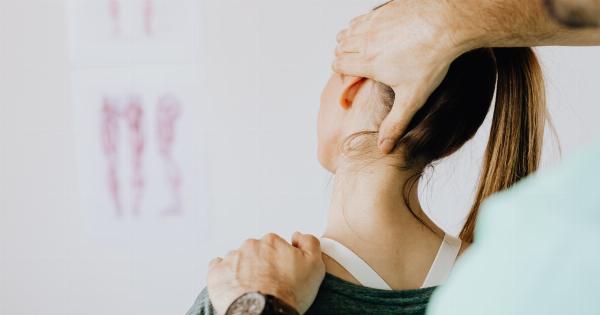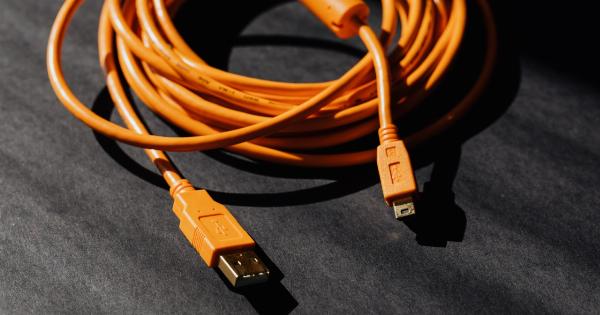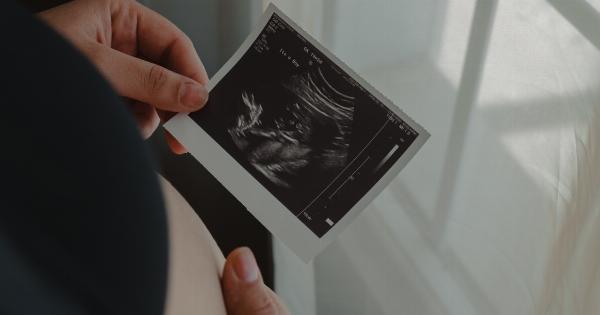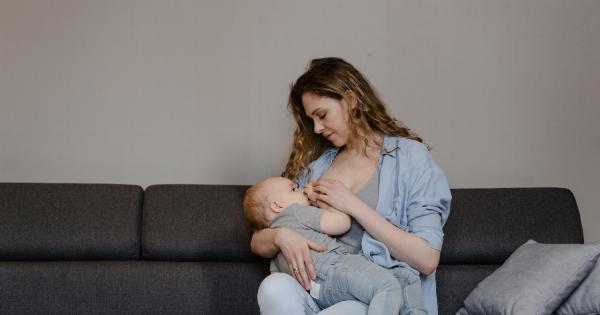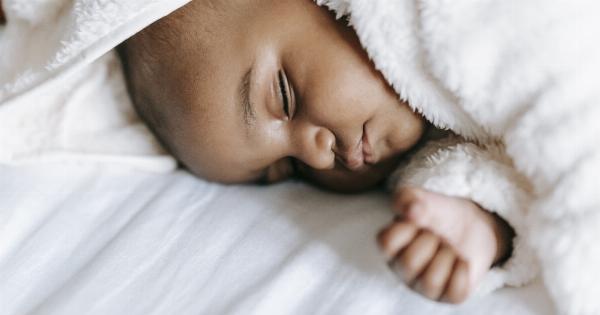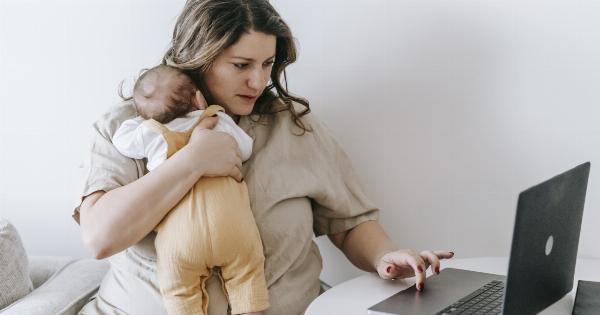As parents, we always want to provide our infants with the best possible care and comfort. As babies are fragile and vulnerable, we try to take all the necessary steps to keep them safe and healthy.
One common practice among parents is using pillows for infants, which is often considered a harmless and effective way to keep them comfortable while sleeping. However, recent studies have shown that using pillows for infants can actually be dangerous and increase the risk of sudden infant death syndrome (SIDS) and other health complications.
What is Sudden Infant Death Syndrome (SIDS)?
Sudden Infant Death Syndrome or SIDS is the sudden, unexpected death of an apparently healthy infant, usually under the age of one year.
The exact cause of SIDS is unknown, but it is believed to be the result of a combination of factors, including physical, environmental, and genetic factors. Although the risk of SIDS decreases as infants grow older, it remains the leading cause of death among infants between one month and one year of age, according to the American Academy of Pediatrics (AAP).
Why Using Pillows for Infants is Not Recommended?
Infants are not only vulnerable but also have different physiological and developmental needs compared to older children and adults. Using pillows for infants is not recommended for several reasons:.
Increased Risk of SIDS
According to the AAP, the use of pillows, bumper pads, soft toys, and loose bedding in the sleep environment can increase the risk of SIDS.
Infants who sleep on pillows are at a higher risk of suffocation, as the pillow can block their airways and cause them to stop breathing. Also, pillows can cause infants to overheat, which can further increase the risk of SIDS.
Neck Strain and Torticollis
Infants have delicate neck muscles, and using a pillow can put unnecessary strain on their necks, causing stiffness, and in some cases, torticollis.
Torticollis is a condition in which the infant’s head is tilted to one side, and they have difficulty turning their head in the opposite direction. This condition can affect the infant’s growth and development if left untreated.
Flat Head Syndrome
Using a pillow for an infant can also increase the risk of flat head syndrome or positional plagiocephaly. This condition is caused by extended pressure on one part of the infant’s head, resulting in a flat spot.
While it’s a common condition, it can cause long-term problems, such as facial asymmetry and developmental delays.
Allergies and Asthma
Using pillows made from synthetic materials or down feathers can trigger allergies or asthma in infants. Dust mites, which often thrive in bedding and pillows, can also be a major allergen for infants.
Symptoms of allergies or asthma can range from mild to severe and may include coughing, wheezing, and difficulty breathing.
How to Keep Your Infant Safe and Comfortable While Sleeping?
While using pillows for infants is not recommended, there are several other ways to keep your infant safe and comfortable while sleeping:.
- Place your infant on their back to sleep, which is the best way to reduce the risk of SIDS, according to the AAP.
- Use a firm and flat mattress, such as a crib mattress, to provide proper support to your infant’s body.
- Avoid using blankets, quilts, comforters, or any other loose bedding, which can increase the risk of suffocation. Instead, use a wearable blanket or sleep sack to keep your infant warm and comfortable.
- Ensure that the room temperature is comfortable for your infant and avoid overheating.
- Provide your infant with a pacifier at bedtime, which can reduce the risk of SIDS. However, avoid using pacifiers with cords or clips, which can be a choking hazard.
- Change your infant’s position or move them around during the day to reduce the risk of flat head syndrome.
- Choose pillows made from natural materials, such as organic cotton or wool, which are less likely to trigger allergies or asthma in infants. However, it’s still best to avoid using pillows altogether until your infant is older.
Conclusion
Using pillows for infants is a common practice among parents, but it can be dangerous and increase the risk of SIDS, neck strain, flat head syndrome, allergies, and asthma.
To keep your infant safe and comfortable while sleeping, it’s best to follow the AAP’s safe sleep guidelines, which recommend placing your infant on their back to sleep, using a firm and flat mattress, avoiding loose bedding, and maintaining a comfortable room temperature. While pillows can provide comfort and support to adults, they are not recommended for infants.
